Some whiskey lovers can talk for hours about the many differences between single malt and blended whiskey or how great the Japanese whiskey scene is. But for most, this hard liquor is a bit more confusing.

Types of Whiskey
1. American Whiskey
American whiskey is one of the most popular types of whiskey worldwide thanks to its unique flavor profile, featuring a combination of toasted spices and hints of vanilla.
It is slightly sweeter than other types because of the charred oak barrels used during the production of most bottles (though there can be exceptions). American whiskey is also available in several sub-categories with different flavor profiles to explore.
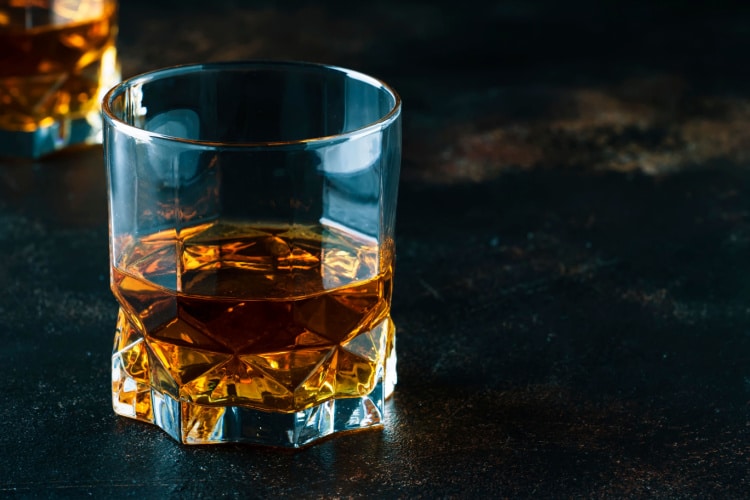
American Whiskey Sub-Types:
- Rye Whiskey: Made with at least 51% rye, it has a prominent black pepper and clover taste. Rye whiskey is ideal if you like spicier liquors.
- Bourbon: It’s made with at least 51% corn and in new charred oak barrels, like rye whiskey. Bourbon has strong vanilla and caramel notes, though you can find strength variations depending on the brand you choose and how they age their bottles.
- Tennessee Whiskey: Though technically also a bourbon, Tennessee Whiskey sets itself apart through the Lincoln County Process filtering step that uses sugar maple charcoal before aging. This makes it a more balanced and sweeter drink than regular bourbon.
- Malt Whiskey: It’s a rather delicate whiskey made with at least 51% malted barley. It includes faint hints of toffee and caramel, and some bottles can have a sweeter flavor profile.
- Wheat Whiskey: Made with at least 51% wheat, it offers hints of vanilla and honey. It’s a great choice for whiskey cocktails if you want something that won’t overpower your blend.
- Rye Malt Whiskey: It’s rich whiskey made with at least 51% malted rye. A sip provides a perfectly balanced blend of rye-specific spices and floral hints, thanks to the malting process.
- Corn Whiskey: These bottles must have at least 80% corn, and unlike other American whiskies, they don’t need to be aged in oak barrels. Taste-wise, it’s similar to bourbon or Tennessee whiskey but on the sweeter side.
2. Irish Whiskey
Forget about rye, corn, or wheat; Irish whiskey is made exclusively from barley and aged for at least three years in wooden casks before it’s sold.
The Irish have lots of other strict rules that all their bottles must adhere to. They need an alcohol content of at least 40%, and producers can only add water and caramel color next to the malted barley. Producers cannot label their bottles as “Irish Whiskey” unless they meet all these requirements.
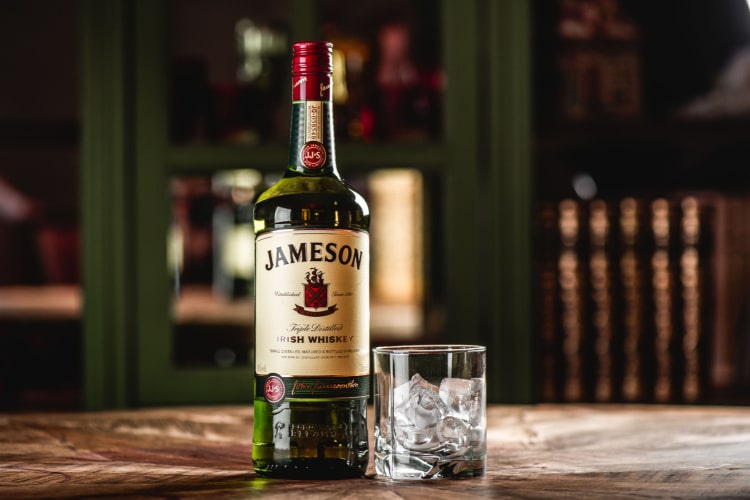
Irish Whiskey Sub-Types:
- Single Malt Irish Whiskey: It can only have malted barley and be made at a single distillery. It has a strong taste of malt with pleasant notes of vanilla and sweet spices that balance the flavor profile.
- Pot Still Irish Whiskey: It’s made from a combination of unmalted and malted barley in a single distillery. Unlike single malt whiskies, these have a stronger cereal taste and a slightly grainy texture.
- Grain Irish Whiskey: The term is used to describe any whiskey not made from malted barley and is mostly used to make blended whiskey. However, some Irish distilleries may sell grain whisky as well.
- Blended Irish Whiskey: Any whiskey made using a blend of the other styles, no matter which combination producers use. As a result, blended whiskies are difficult to define flavor-wise since it depends on the specific mix.
3. Scotch Whisky
Scotland is another country with a strong whiskey tradition, except that they say “whisky” instead of “whiskey”. Though it originally used malted barley exclusively, Scotch whisky is more diverse today, and you can find bottles made from other grains and even rye as well.
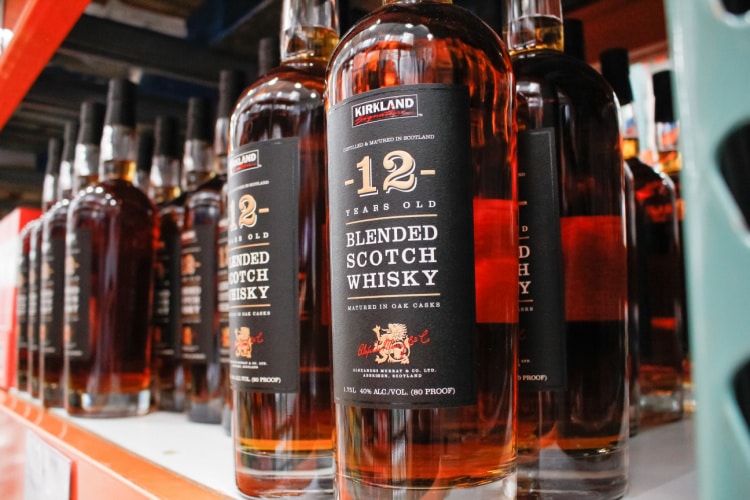
A key difference between Scotch and other types of whisky is the stronger smoky flavor that comes through with every sip. These notes develop when the barley is dried using peat fires, though not all distilleries use this technique.
All Scotch whisky is aged for a minimum of three years in oak barrels and has a minimum of 40% ABV.
Scotch Whisky Sub-Types:
- Single Malt Scotch Whisky: It’s double-distilled and made only from water and barley in one distillery. Single-malt whiskey usually has an oaky taste with hints of vanilla and nuts. The result is a smooth drink, perfect to drink straight.
- Blended Malt Scotch Whisky: They’re a blend of single malt whiskey made in two or more distilleries. Though not as popular in Scotland, they’re still worth a taste thanks to their smoky flavors topped with dried fruits and chocolate aromas.
- Single Grain Scotch Whisky: Made like a single malt, the distillery adds other grains to the mixture, such as rye or wheat. They’re usually made for blended whiskeys, but they’re an excellent choice for someone who’s not a fan of this type of alcohol. It has a light body and mild taste, and it goes perfectly in cocktails.
- Blended Grain Scotch Whisky: These contain at least two single-grain whiskies made in different distilleries. They have stronger nutty aromas, and you can sense some herbal notes in them as well.
- Blended Scotch Whisky: It’s the most popular type of whiskey in Scotland, made from both malt and grain whisky. They have a milder taste than single malts, but you can still sense strong smoky notes and some hints of dried fruit. It’s a great introduction to Scotch, especially if you’re not usually a fan of peaty notes.
4. Canadian Whisky
Canadians don’t seem as strict regarding production compared to other types of whiskey we’ve covered. If Scotch or Tennessee whiskey producers avoid flavorings, distilleries in the Great White North have more relaxed regulations and can establish their own production methods.
Like Scotch, Canadian whiskey is usually produced from rye, corn, or other grains in a single distillery. Original bottles were made exclusively from rye since it was one of the only crops that could survive the harsh winters, but modern production methods now give distilleries more options.

Canadian Whisky Taste Profile:
Though “rye whiskey” and “Canadian whisky” are synonyms in the country, you might not always get the signature taste of rye since distilleries can use other grains and still refer to their alcohol as rye whiskey.
This is an easy-to-drink whiskey, ideal to introduce someone to this world of drinking. It’s a smooth drink, slightly on the sweeter side, with distinctive notes of caramel. Some bottles include other flavorings as well since Canada doesn’t prohibit them.
Canadian whiskey is mild, and though you can drink it straight, it’s more popularly used in cocktails since it won’t overpower the rest of the recipe. Still, you should definitely enjoy a bottle on the rocks to get the full picture.
5. Japanese Whisky
Japan has an exciting whiskey market, especially for collectors. The country originally modeled its whiskey production on Scotland, which is why lots of its whiskey resembles Scotch both from a taste and appearance perspective.
But the Japanese are also a bit more experimental in production, and distilleries often have larger lines of bottles with different flavors and styles, unlike distilleries in other countries.
Interestingly, Japanese whiskey wasn’t regulated until recently, so the market is about to change.
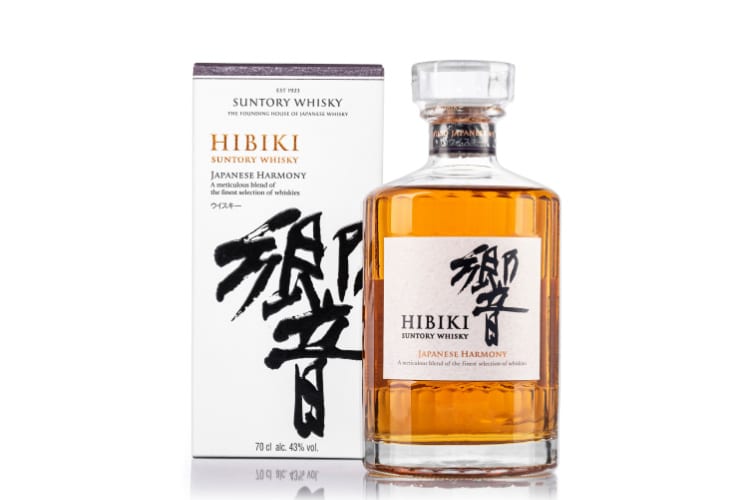
Japanese Whiskey Taste Profile:
Most Japanese whiskeys have a Scotch-like taste, especially considering some of them may actually include Scotch.
Poor regulations lead to many distilleries importing other types of whiskey and repackaging it as Japanese, either as-is or in a blended formula. But the new rules, even if not legally mandated, may change things significantly.
But even with no regulations, some Japanese distilleries still impress experts with their bold, full-bodied, earthy notes with faint smoky tones. Bottles in this country are no strangers to international awards.
6. Indian Whisky
Indian whisky is huge. However, depending on where you live, you might not actually see the word “whiskey” on the bottle, with or without that extra “e.”
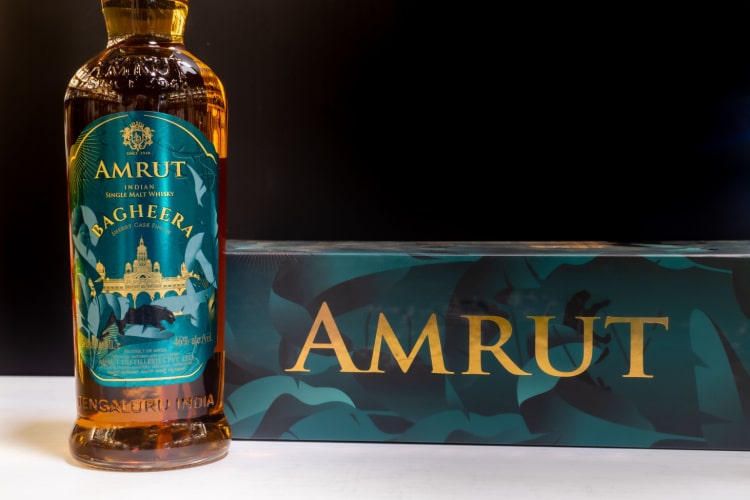
Most whiskey in the country is made by blending grain or Scotch whiskey with a spirit from distilled molasses. Though this gives Indian whiskey a unique edge in the market, it technically doesn’t meet the EU standards for whiskey, so it has to be sold under a different name.
But there are brands that strive to meet Europe’s regulations and are considered craft whiskeys.
Indian Whisky Taste Profile
A craft Indian whiskey (meaning one that meets EU and general no-molasses regulations) is similar to Scotch. You’ll get a smooth drink with smoky notes, though most have spicy undertones.
Non-craft whiskey has a thicker body and will be sweet because of the molasses, with hints of caramel and vanilla. You’ll also taste stronger fruity aromas compared to Scotch, such as pineapple or mangoes. Indian whisky definitely has a stronger, exotic undertone to it.
Bonus: 2 Extra Types of Whiskey
Technically, we’ve listed out all the types of whisky you need to know, but in your search for the perfect bottle, you may also find one of these two categories:
White Whiskey
White whiskey is unaged whiskey, so it lacks that signature color and oaky caramel notes. Some can be kept in wooden casks for a lot less time before they’re bottled and sold.

They’re commonly made by craft and small distilleries since they have a shorter production time. Flavors can vary from batch to batch, but most have a strong grain taste and pack a strong punch.
It’s an interesting taste, but nothing like its aged cousin. If you’re not a fan of regular whiskey, then you likely won’t appreciate the strength of the white kind.
Whisky Liqueur
Whiskey liqueurs are made by mixing a bottle of whiskey (any type) with syrup. They’re highly sweet, but they can be enjoyed straight or on the rocks as well.
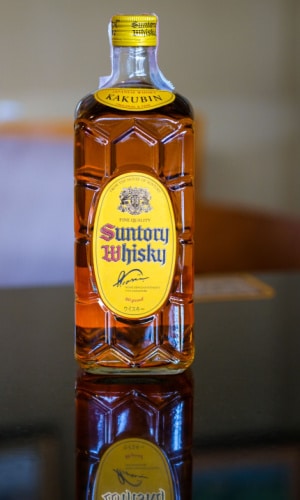
But like most liqueurs, it’s a great addition to cocktails and even some desserts. Though technically not a whiskey, it’s a delicious sub-category that might be worth having in your liquor cabinet, especially if you regularly like mixing cocktails.
Conclusion
Whiskey is a complex drink, and everyone seems to have a different idea of how it should be made. For drinkers, this means lots of great opportunities to discover new blends, flavor profiles, and styles.
It also means nobody can really say they don’t like whiskey since there’s a bottle for everyone. Refer back to this guide when you’re out shopping to find the best whiskey for your preference and enjoy!